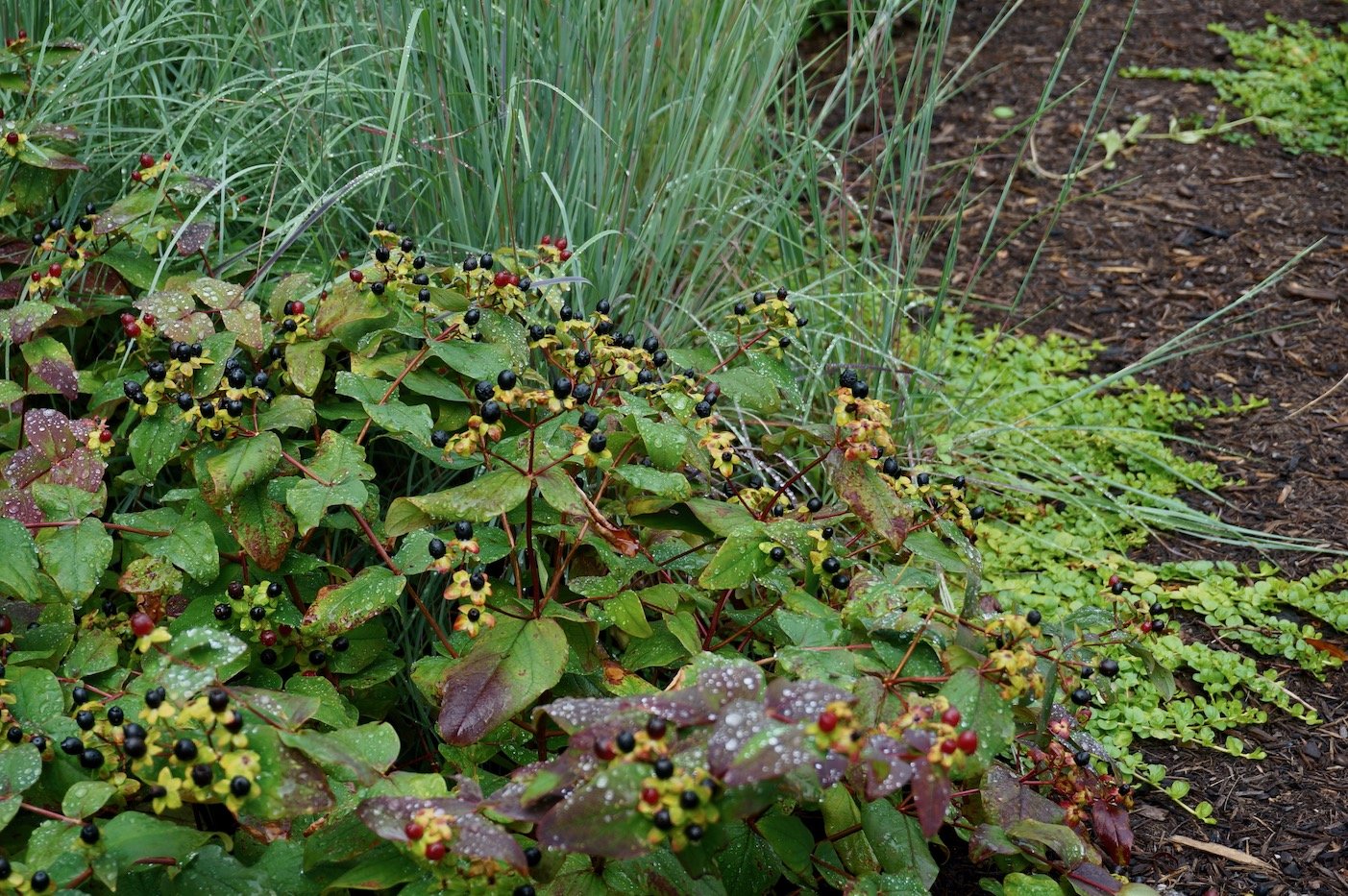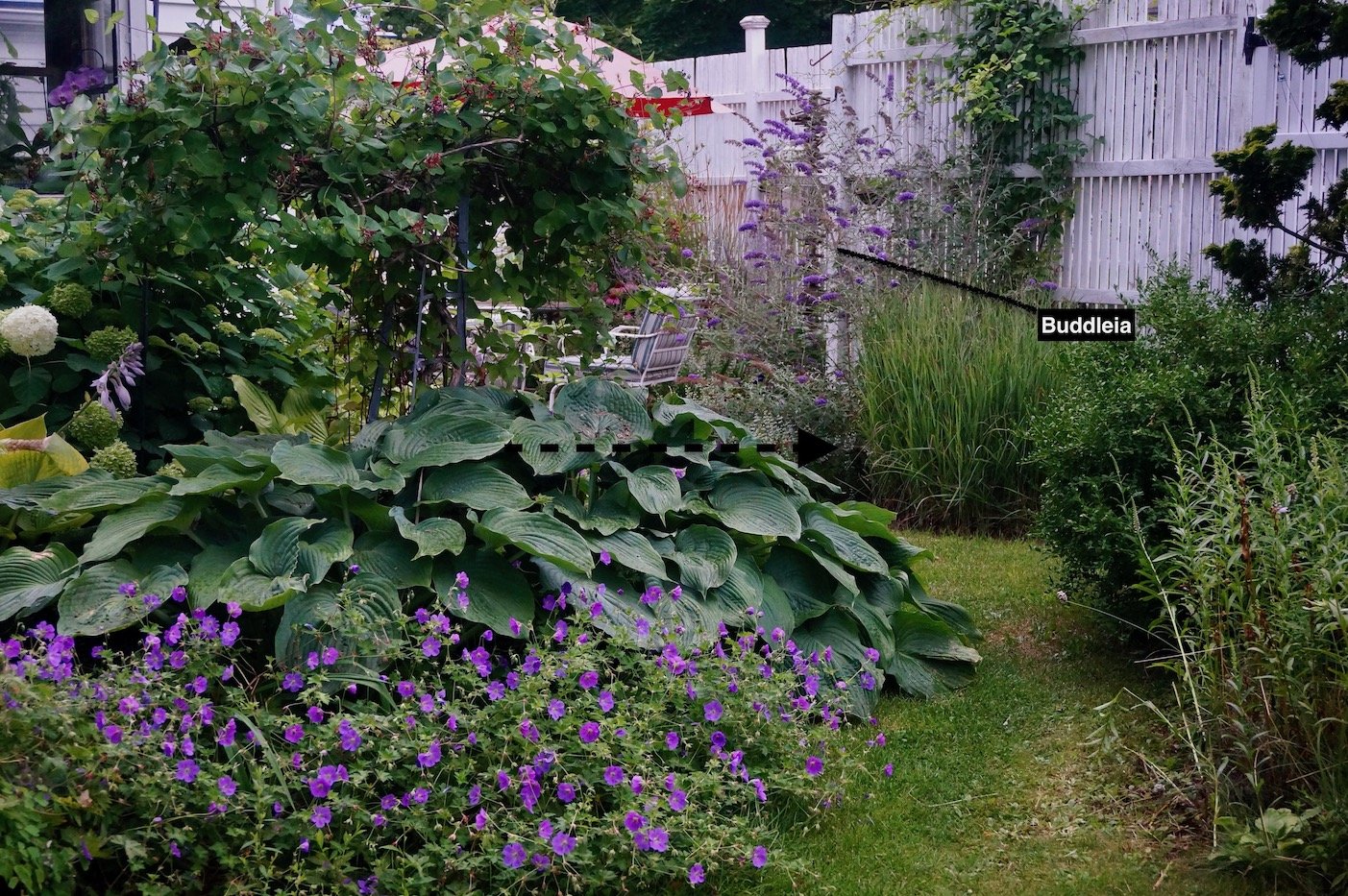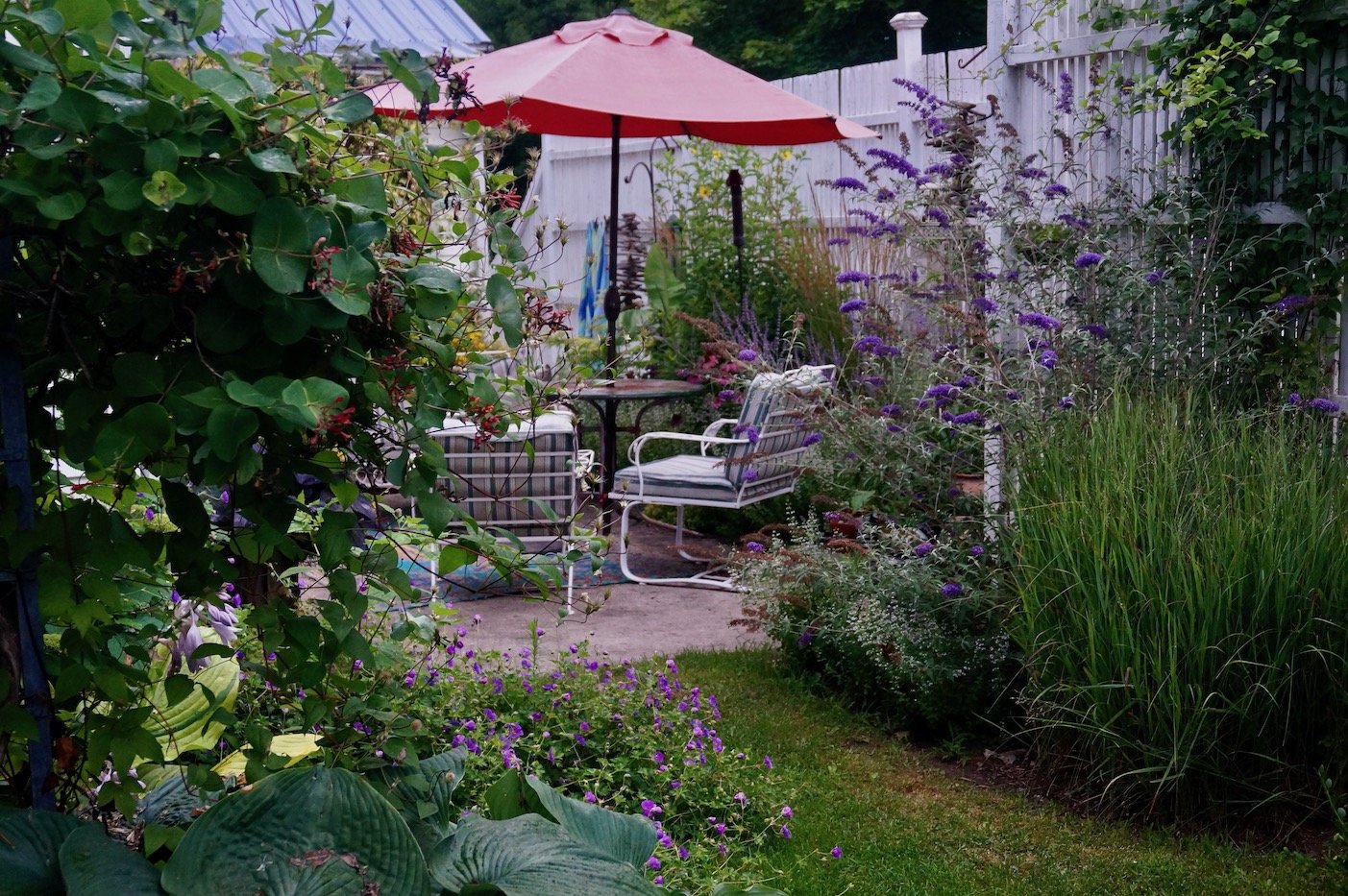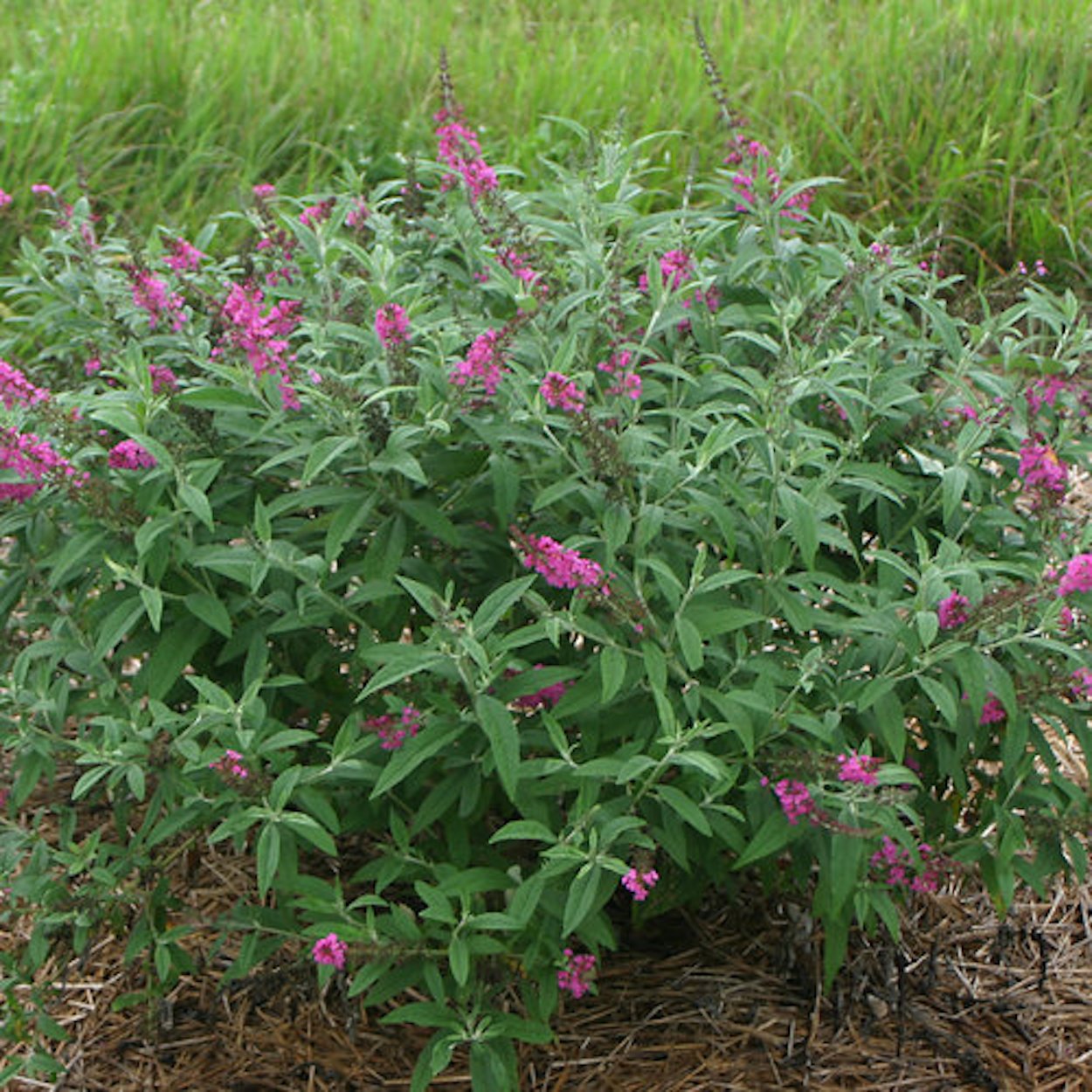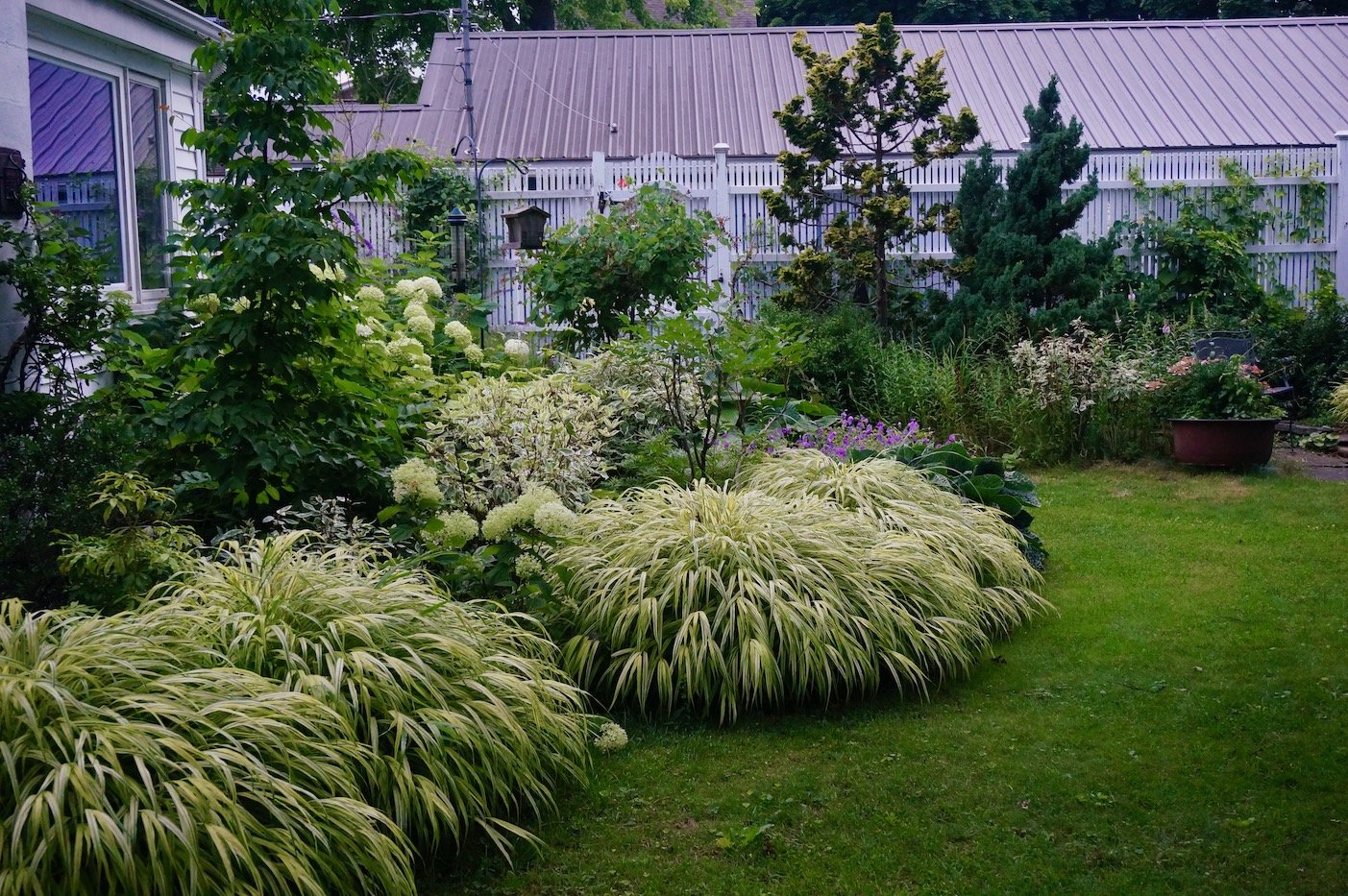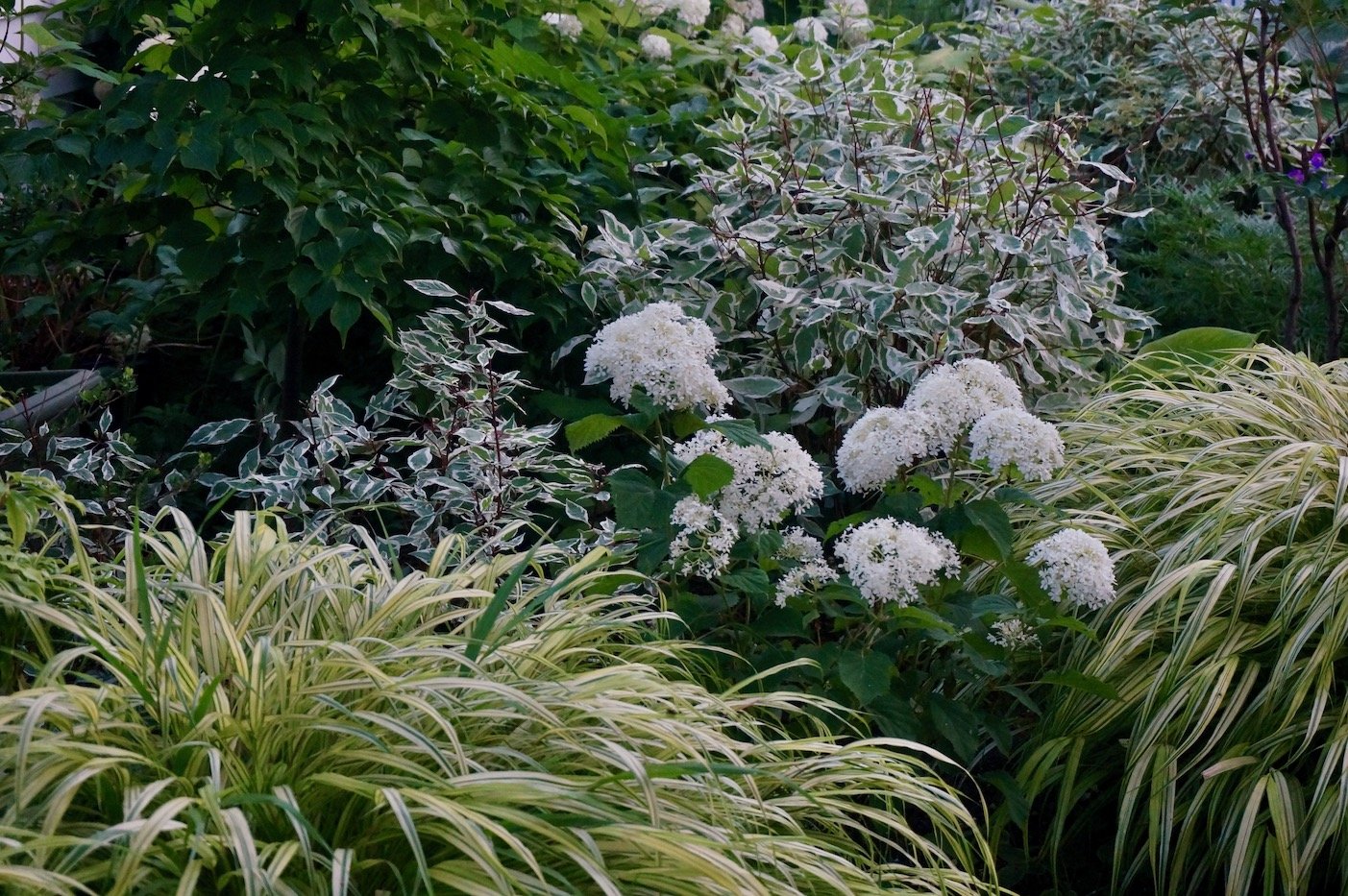Unsung heroes: 4 Cut back shrubs that solve a ton of gardening woes
A few years ago, I proudly guided a visiting friend through my garden one sunny afternoon. Her oohing and aching came to an awkward halt as we rounded the corner to the driveway. "I love it until I get here, but then the whole thing ends too abruptly,” she told me firmly. “You need some kind of transition to screen off the driveway." Oops… it was one of those areas I had been pretending to ignore and hoping no one would notice.
I ignored it because I had no idea what would survive in this spot. Between getting battered by my husband's parking mishaps and the relentless onslaught of the snowplow, I figured any plant would be destined to death. But my friends comment spurred me on, so here’s the solution I finally came up with - cut back shrubs.
Allow me to ramble on about their merits. Cut back shrubs are deciduous (shed their leaves in the fall) and can be pruned back hard or to the ground without damaging them. Perfect for confined spaces like this, they coexist harmoniously without competing with neighboring plants. What's more, most of them are pretty tough, making them ideal candidates for challenging environments. Read on to find out about my four favorites.
Lesepdeza: Also known as bush clover, Lespedeza ‘Little Volcano’ (pictured below), takes serious abuse from husbands, the snowplow guy, poor soil and infrequent watering. This one (there are other varieties) stands about six feet tall and four feet wide. It intrudes into the driveway a little bit, but the foliage is soft so it doesn’t scratch the car and it’s amazingly resilient (haha) to vehicular damage. It flowers in late September - a wow paired it up with Calamogrostis ‘Karl Foerster’ or any other narrow grasses.
Lespedeza ‘Little Volcano’ is hard to find in nurseries but available by mail order. I got mine from Plant Delights.
Here’s what it looks like in early spring. I could cut it back in the fall if got around to it.
Lespedeza gets pruned right to the ground. Because it doesn’t take up much room, I can underplant it with bulbs and other perennials to fill in the space until it grows to it’s full height and width toward the end of June. This is a southern plant, but has proven to be quite hardy in my zone 5 garden.
Hypericum: You hardly even need to cut back Hypericums (aka St Johns Wort) because they die back to the ground like a perennial in winter. Clean up the stalks in spring and you’re good to go. It’s one of the handiest and hardiest shrubs I’ve ever grown. Nestled into grasses and other perennials, alone or massed in groups, it’s a winner. Sulfurous yellow flowers adorn this little shrub (2-3ft) in June, but it’s the fall berries that bring me to my knees. Hypericum androsaeum ‘Albury Purple’ is featured in the below photo. There are many different varieties with varying foliage and berries. All are stunning and not one of them requires coddling.
Here it is rocking out in early August . You can see, it doesn’t need a lot of room, but if you decide it’s getting overly rambunctious you can always trim it off the other plants - or in this case, the path!
The taller varieties (8-10’) like the one below (Buddleia ‘Nanho Purple’) are excellent for screening and adding height to a bed.
Tuck a mid-sized Buddleia (5-6’) into a mixed border for late color. ‘Miss Ruby’ and ‘Miss Molly’ are a couple of my favorites.
The shorter ones are like eating potato chips, you can always fit one more in. Here’s Buddleia ‘Gold Drop’ (3’ in height) mixed with other shrubs and perennials along a narrow path.
Hydrangeas: If you want to pump up the volume in a limited space, try Hydrangea arborescence ‘Annabelle.’ Fast growing, tough and flowerful - what more could you want? Their only downfall is that they get big and floppy. That can be avoided by pruning them way back in early spring or late fall. They bloom on new wood, so you don’t lose anything by pruning them hard.
Here’s what mine looked like when I cut them this spring. Trust me, they come back fast! After a conversation with another gardener, I decided to whack them to the ground for a more compact plant.
Here I got more daring and cut it to the ground. To find out more about pruning hydrangeas, please check out Lorraine Ballato’s website for more in depth information.
Other white flowering varieties in the arborescence family I’m fond of are ‘Incrediball’ and ‘Haas Halo.’ These are similar to ‘Annabelle’ but a little less floppy. To date, the deer population hasn’t bothered any of them, but if they do I’m sure they’ll come roaring back.
Hydrangea paniculata is another variety that flowers on new wood. I’m not sure if I’d call it a cut back shrub, but you can certainly prune it hard in early spring to promote more flowers and keep it from getting too big. The one featured below is a dwarf I’ve fallen in love with, and not only for it’s name! Hydrangea paniculata ‘Bobo’ is a compact little guy that plays nicely with other plants.
Whether you can’t resist trying to slide in one more plant, have an awkward spot or don’t have much room, these unsung heroes are the answer. Practical and adaptable, cut back shrubs offer a solution to a ton of gardening woes and bring life into the smallest of spaces.





